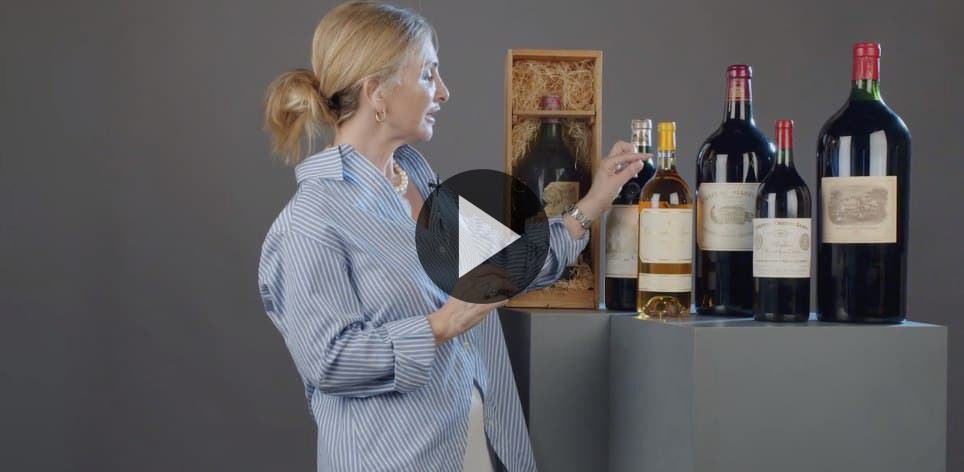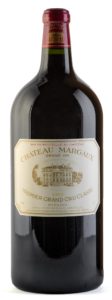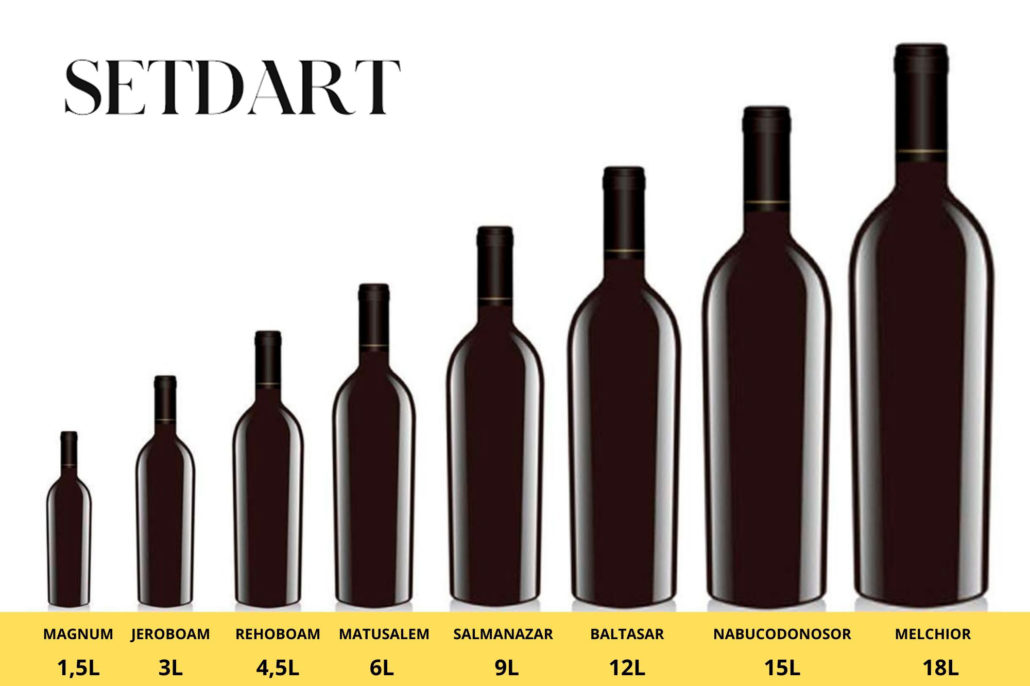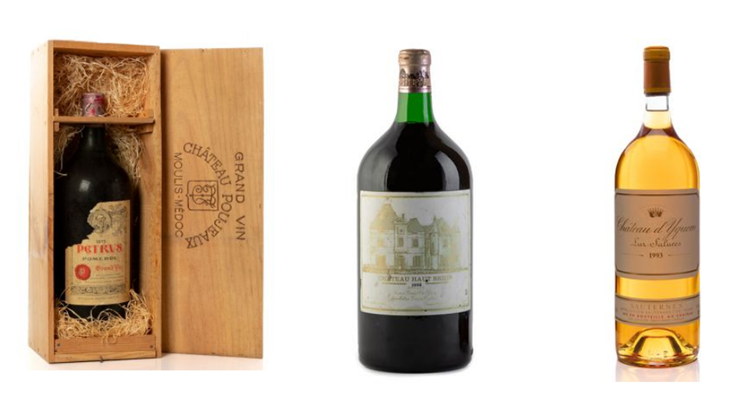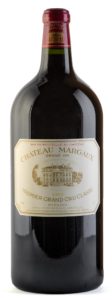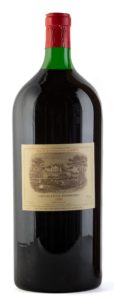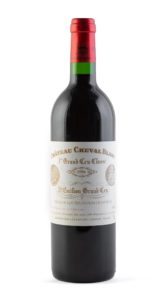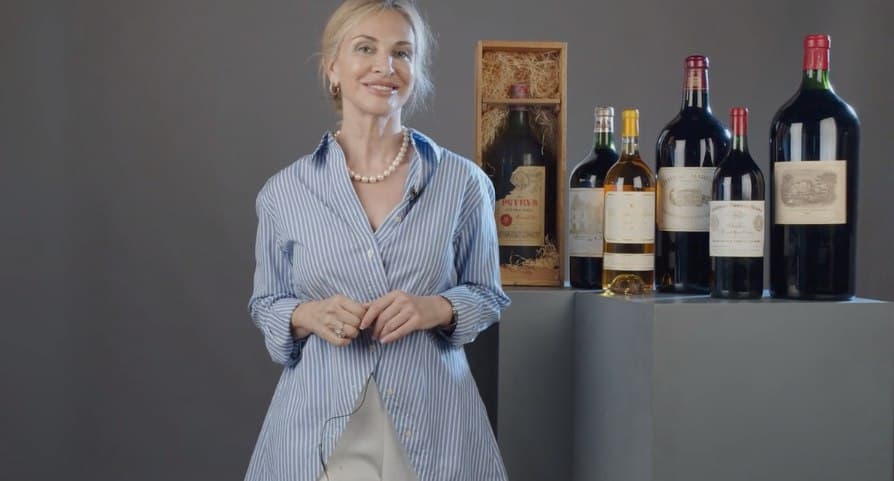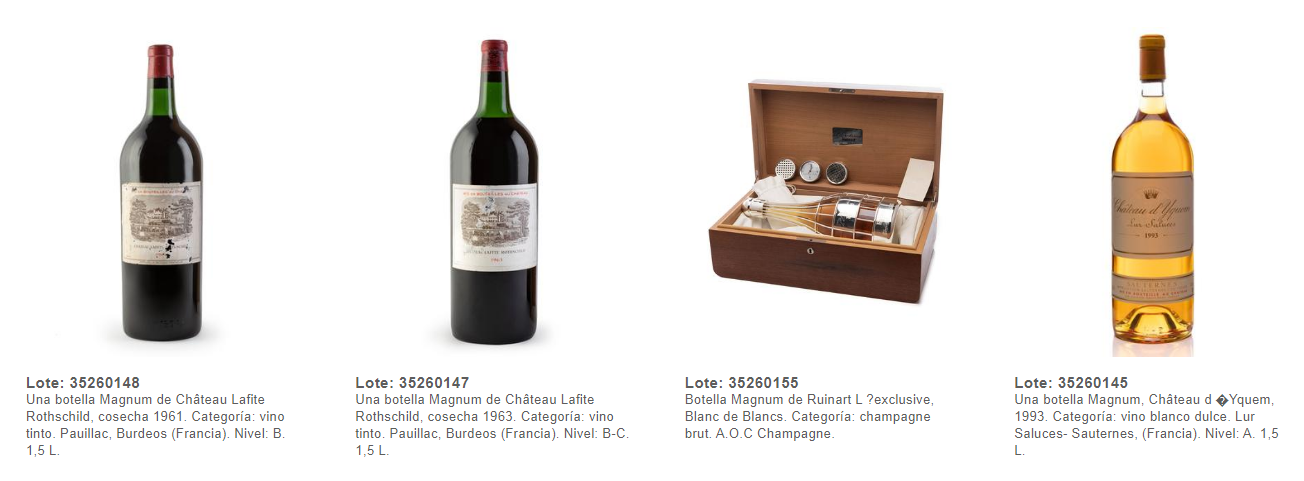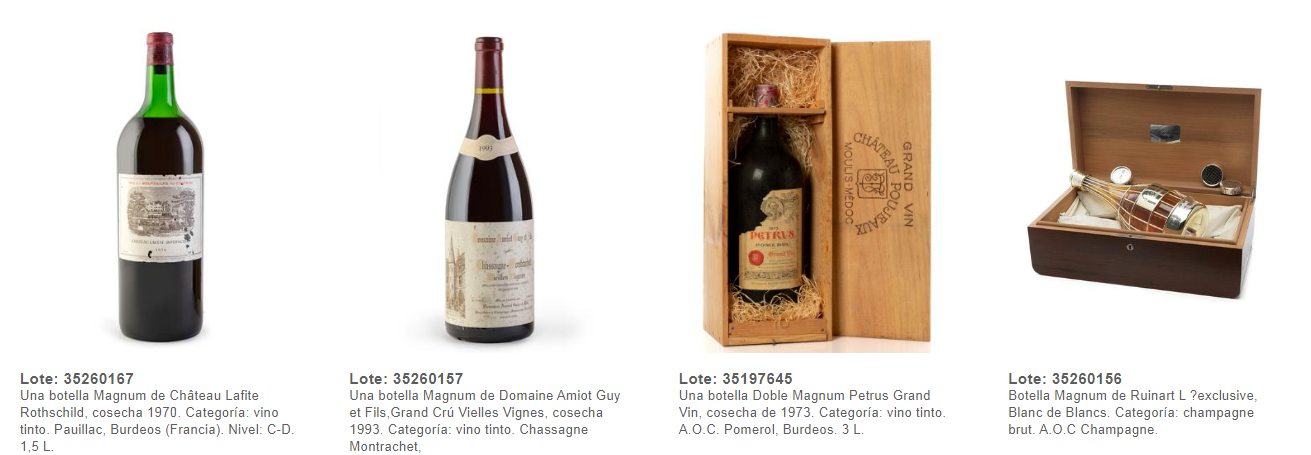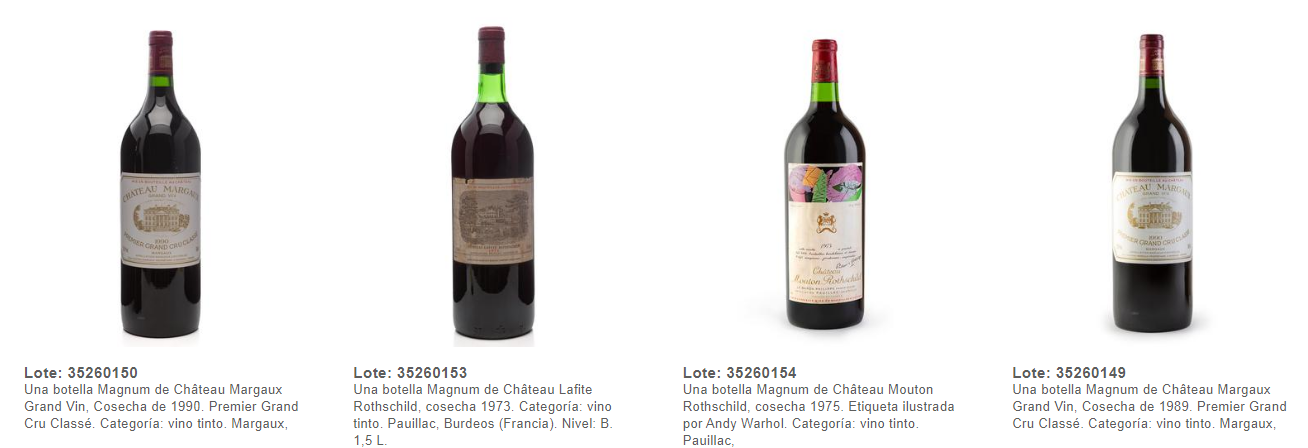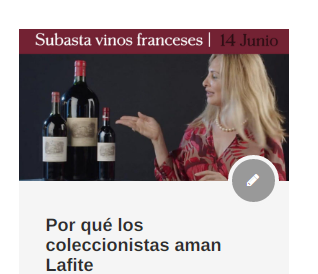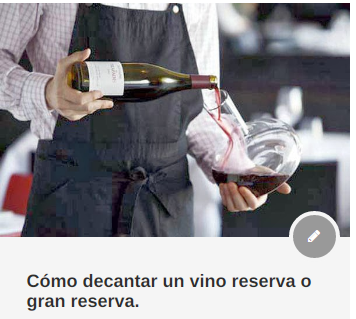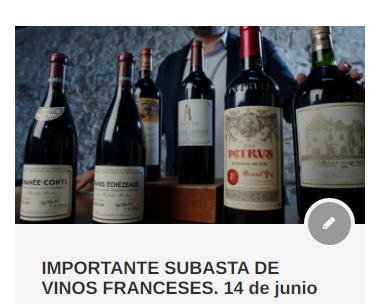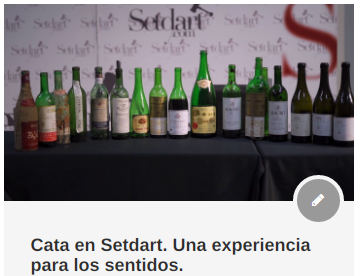Large format wines age more slowly
Do you want to know why large format wines can offer so much more? I explain it to you with these outstanding lots from our French wine auction on June 14th.
Nothing bears more faith in the generosity of a host, both financially and spiritually, than a large bottle on the table. There is something deeply civilized and carefree great about serving wine in a large format. It speaks of knowledge and kindness, of laughter, debate and joy.
Even the names of these large-format bottles are moving: jeroboam, methuselah, salmanazar, nebuchadnezzar … A “Mathusalem de Margaux” sounds more romantic than “bottle”, right?
Large format wines are harder to come by
In addition to presentation and shelf life, there is a third important factor to consider regarding large bottles. It is almost always the case that the larger bottles are scarcer than the 750 ml ones.
Every year, when a winery bottles its vintage, it bottles its large formats judiciously and, generally speaking, the rarity increases as the bottle gets bigger.
I would challenge anyone to find a Nebuchadnezzar from Lafite 1982. This would be really tricky. Thus, depending on the wine, the largest bottles can have a huge premium in their cost, so you should definitely take advantage of the opportunities to buy them at auction.
Here are some of my favorite lots for the auction on June 14 and, coincidentally, all the bottles have large formats.
Large format wines age more slowly
The benefits of the big bottle don’t start and end with improving your host profile. Most wine lovers understand that wines bottled in magnums or larger almost always show better than those in smaller formats, due to slower aging, which prolongs the shelf life of a wine.
The reason is clearly visible: in each bottle of wine there is a small amount of oxygen between the cork and the wine, which is essential if the wine is intended to age and develop in the bottle.
In larger bottles, the proportion of wine that is exposed to oxygen in the air is lower, which leads to a slower oxidative journey for the wine.
Oxidation is the process that allows a great wine to acquire the complex secondary characteristics of interest to wine lovers. Within the lifespan of a bottle of wine, it has the potential to peak and wine lovers generally want this process to last as long as possible, which is directly proportional to the size of the bottle.
A 1973 Petrus double Magnum (or Jeroboam)
Petrus, the famous star of the upper echelon of Pomerol, is a prize for any collector’s cellar. The vibrant and vivid 1973 vintage that is touted for its inevitable aging potential will last even longer with double magnums. This Petrus will retain its magical properties for much longer than a standard bottle, aging slowly for a few decades at least before reaching its zenith.
A Jéroboam bottle (3 liters) of ChâteauHaut-Brion from 1982.
When it comes to exceptional potential, Haut-Brion needs no justification. The 1982 vintage is velvety and delicious. In the double magnum size, it will surely outperform the 75cl bottle.
A 1993 Châteaud’Yquem Magnum bottle
While Yquem is already known as the premier cru of all sweet wines, it is also known to age phenomenally. It is characterized by its complexity, concentration and a relatively high acidity that balances its sweetness. A bottle of 75 cl. It will only show its qualities after a decade or two in the cellar and with proper care it will keep for a century or more, gradually adding layers of flavor and fruity tones. Obviously, everything will be enhanced if we talk about a Magnum.

